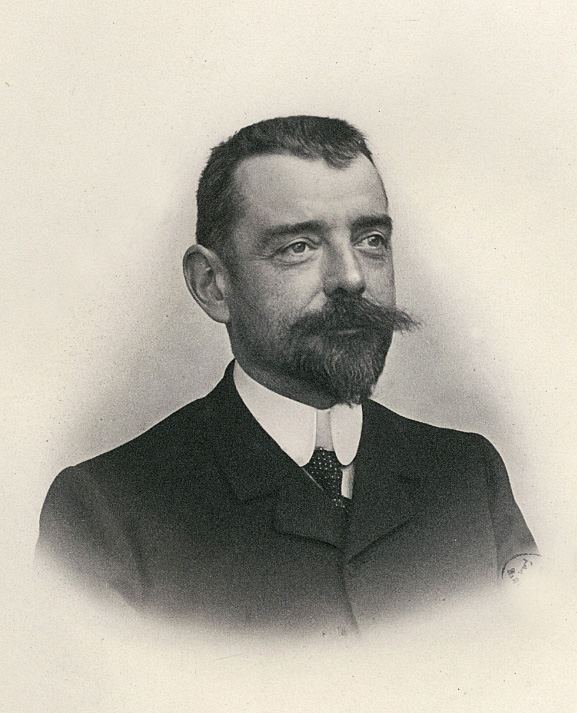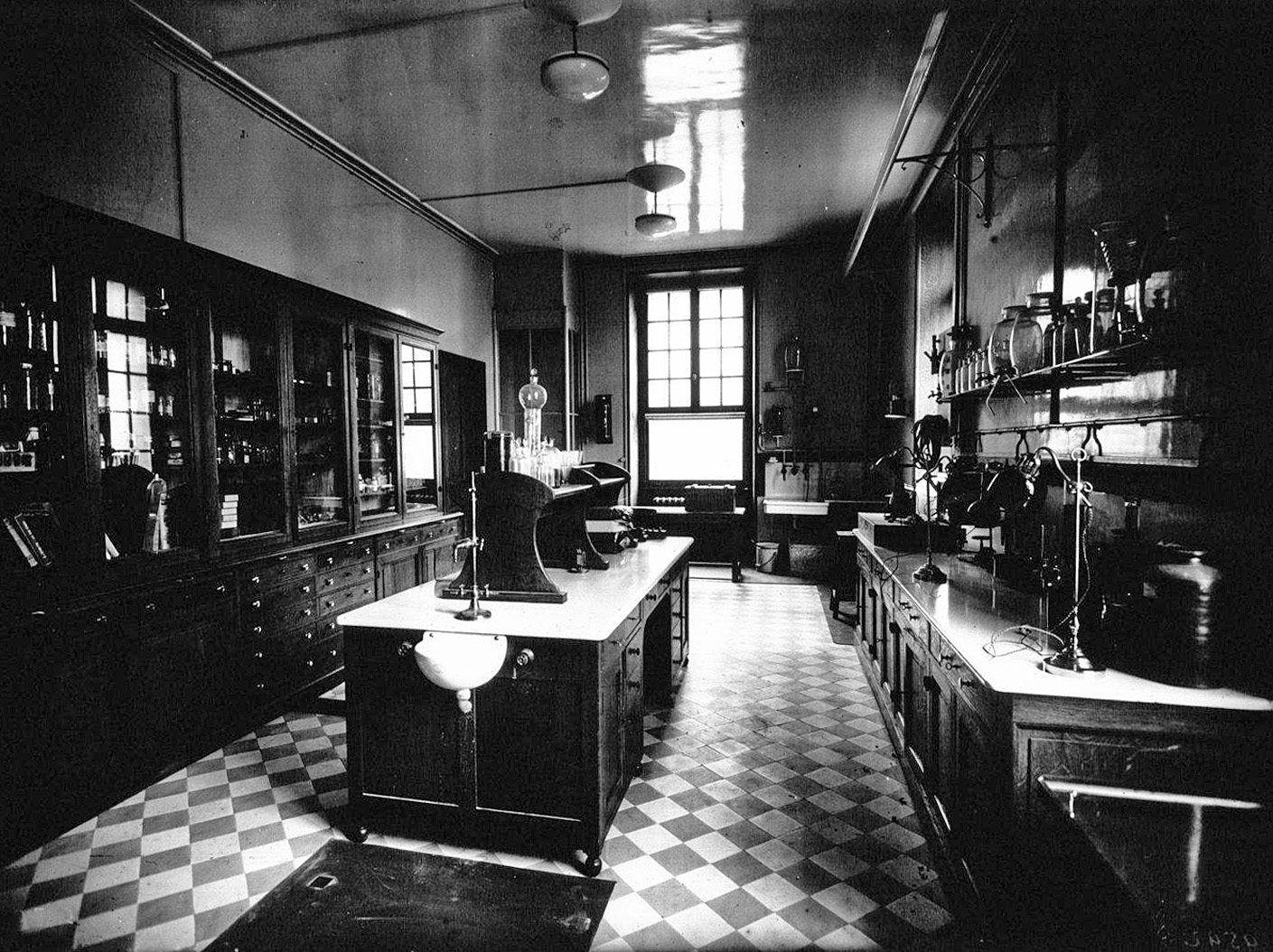Joubin on:
[Wikipedia]
[Google]
[Amazon]
 Louis Marie Adolphe Olivier Édouard Joubin (27 February 1861 in Épinal – 24 April 1935 in
Louis Marie Adolphe Olivier Édouard Joubin (27 February 1861 in Épinal – 24 April 1935 in
Sociétés savantes and in 1903 succeeded
Google Books
 Louis Marie Adolphe Olivier Édouard Joubin (27 February 1861 in Épinal – 24 April 1935 in
Louis Marie Adolphe Olivier Édouard Joubin (27 February 1861 in Épinal – 24 April 1935 in Paris
Paris () is the capital and most populous city of France, with an estimated population of 2,165,423 residents in 2019 in an area of more than 105 km² (41 sq mi), making it the 30th most densely populated city in the world in 2020. S ...
) was a professor at the Muséum national d'Histoire naturelle
The French National Museum of Natural History, known in French as the ' (abbreviation MNHN), is the national natural history museum of France and a ' of higher education part of Sorbonne Universities. The main museum, with four galleries, is loc ...
in Paris
Paris () is the capital and most populous city of France, with an estimated population of 2,165,423 residents in 2019 in an area of more than 105 km² (41 sq mi), making it the 30th most densely populated city in the world in 2020. S ...
. He published works on nemerteans, chaetognatha
The Chaetognatha or chaetognaths (meaning ''bristle-jaws'') are a phylum of predatory marine worms that are a major component of plankton worldwide. Commonly known as arrow worms, about 20% of the known Chaetognatha species are benthic, and can ...
, cephalopod
A cephalopod is any member of the molluscan class Cephalopoda (Greek plural , ; "head-feet") such as a squid, octopus, cuttlefish, or nautilus. These exclusively marine animals are characterized by bilateral body symmetry, a prominent head ...
s, and other molluscs.
He served as an assistant to Henri de Lacaze-Duthiers
Félix Joseph Henri de Lacaze-Duthiers (15 May 1821 – 21 July 1901) was a French biologist, anatomist and zoologist born in Montpezat, Lot-et-Garonne, Montpezat in the department of Lot-et-Garonne. He was a leading authority in the field of mal ...
, subsequently becoming director of the laboratories at Banyuls-sur-Mer (1882) and Roscoff (1884). Later on, he became an instructor at the University of Rennes
The University of Rennes is a public research university which will be officially reconstituted on 1 January 2023 and located in the city of Rennes, in Upper Brittany, France. The University of Rennes has been divided for almost 50 years, before ...
,ProsopoSociétés savantes and in 1903 succeeded
Edmond Perrier
Jean Octave Edmond Perrier (9 May 1844 – 31 July 1921) was a French zoologist born in Tulle. He is known for his studies of invertebrates (annelids and echinoderms). He was the brother of zoologist Rémy Perrier (1861–1936).
Career
On advice f ...
as ''chaire des mollusques, des vers et des zoophytes'' at the Muséum national d'Histoire naturelle
The French National Museum of Natural History, known in French as the ' (abbreviation MNHN), is the national natural history museum of France and a ' of higher education part of Sorbonne Universities. The main museum, with four galleries, is loc ...
(from 1917 onward his title was ''chaire des mollusques''). In 1906 he was chosen by Albert I, Prince of Monaco to be in charge of instruction at the Institut océanographique.
In 1905 he was named president of the Société zoologique de France
La Société zoologique de France ( en, "Zoological Society of France"), founded in 1876 by Aimé Bouvier, is a scientific society devoted to Zoology. It publishes a bulletin and organises the Prix Gadeau de Kerville de la Société zoologique d ...
. In 1920 he became a member of the Académie des Sciences
The French Academy of Sciences (French: ''Académie des sciences'') is a learned society, founded in 1666 by Louis XIV at the suggestion of Jean-Baptiste Colbert, to encourage and protect the spirit of French scientific research. It was at the ...
.
Joubin's squid
''Joubiniteuthis portieri'', also known as Joubin's squid from the monotypic family Joubiniteuthidae and genus ''Joubiniteuthis''. It is a rare, small squid which occurs in the mesopelagic to bathypelagic zones and which has a worldwide distrib ...
(''Joubiniteuthis portieri'') is named for him, as is '' Scolymastra joubini'', a hexactinellid
Hexactinellid sponges are sponges with a skeleton made of four- and/or six-pointed siliceous spicules, often referred to as glass sponges. They are usually classified along with other sponges in the phylum Porifera, but some researchers consi ...
sponge
Sponges, the members of the phylum Porifera (; meaning 'pore bearer'), are a basal animal clade as a sister of the diploblasts. They are multicellular organisms that have bodies full of pores and channels allowing water to circulate through t ...
whose lifespan is purportedly 10,000 years.

Written works
* ''Les Némertiens'', 1894 -Nemertean
Nemertea is a phylum of animals also known as ribbon worms or proboscis worms, consisting of 1300 known species. Most ribbon worms are very slim, usually only a few millimeters wide, although a few have relatively short but wide bodies. Many h ...
s.
* ''Contribution à l'étude des Céphalopodes de l'Atlantique Nord'', 1895 - Contributions to the study of cephalopod
A cephalopod is any member of the molluscan class Cephalopoda (Greek plural , ; "head-feet") such as a squid, octopus, cuttlefish, or nautilus. These exclusively marine animals are characterized by bilateral body symmetry, a prominent head ...
s of the North Atlantic
The Atlantic Ocean is the second-largest of the world's five oceans, with an area of about . It covers approximately 20% of Earth's surface and about 29% of its water surface area. It is known to separate the "Old World" of Africa, Europe and ...
.
* ''Expédition antarctique française (1903-1905) : commandée par le Dr. Jean Charcot. Science naturelles: documents scientifiques''. - French Antarctic Expedition (1903–05) : commanded by Jean Baptiste Charcot
Jean-Baptiste-Étienne-Auguste Charcot (15 July 1867 – 16 September 1936), born in Neuilly-sur-Seine, was a French scientist, medical doctor and polar scientist. His father was the neurologist Jean-Martin Charcot (1825–1893).
Life
Jean-Bap ...
, Natural science
Natural science is one of the branches of science concerned with the description, understanding and prediction of natural phenomena, based on empirical evidence from observation and experimentation. Mechanisms such as peer review and repeatab ...
: scientific documents of the expedition.
* ''Deuxième expédition antarctique française (1908-1910) / Sciences naturelles: documents scientifiques''. - Second French Antarctic Expedition (1908–10) / Natural sciences: scientific documents of the expedition.
* ''La vie dans les océans'', 1912 - Life in the oceans.
* ''Chétognathes provenant des campagnes des yachts Hirondelle et Princesse-Alice, 1885-1910'' (with Louis Germain Alfred Louis Pierre Germain (8 January 1878 – 18 October 1942) was a French malacologist born in Niort, department Deux-Sèvres.
He studied in Angers and Paris, obtaining his doctorate of sciences in 1907. Later he worked under Louis Joubin in th ...
), 1916 - Chaetognatha
The Chaetognatha or chaetognaths (meaning ''bristle-jaws'') are a phylum of predatory marine worms that are a major component of plankton worldwide. Commonly known as arrow worms, about 20% of the known Chaetognatha species are benthic, and can ...
from campaigns of the yachts Hirondelle and Princesse-Alice, 1885-1910.
* ''Le fond de la mer'', 1920 - The bottom of the sea.
* ''Les métamorphoses des animaux marins'', 1926 - Metamorphosis of marine animals.
* ''Éléments de biologie marine'', 1928 - Elements of marine biology
Marine biology is the scientific study of the biology of marine life, organisms in the sea. Given that in biology many phyla, families and genera have some species that live in the sea and others that live on land, marine biology classifies s ...
.
* ''Faune ichthyologique de l'Atlantique nord'', 1929 - Ichthyological
Ichthyology is the branch of zoology devoted to the study of fish, including bony fish (Osteichthyes), cartilaginous fish ( Chondrichthyes), and jawless fish ( Agnatha). According to FishBase, 33,400 species of fish had been described as of Octob ...
fauna of the North Atlantic.
* "Cephalopods from the scientific expeditions of Prince Albert I of Monaco
Albert I (Albert Honoré Charles Grimaldi; 13 November 1848 – 26 June 1922) was Prince of Monaco from 10 September 1889 until his death. He devoted much of his life to oceanography, exploration and science. Alongside his expeditions, Albert I ...
"; published in 1995 into English.Google Books
References
External links
* {{DEFAULTSORT:Joubin, Louis 1861 births 1935 deaths Teuthologists People from Épinal French malacologists Members of the French Academy of Sciences National Museum of Natural History (France) people